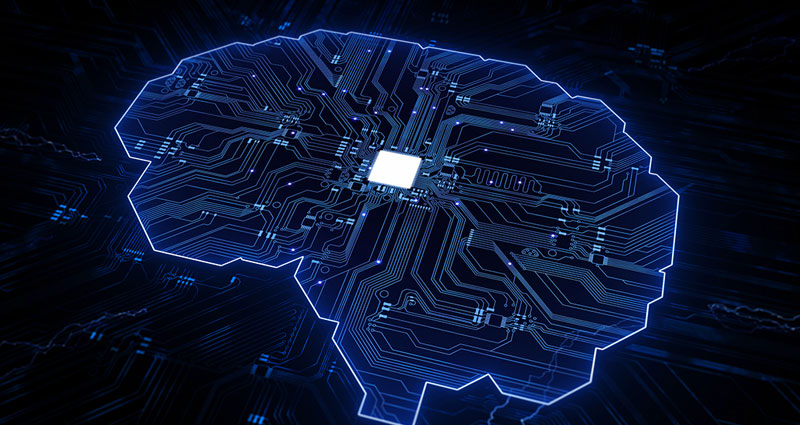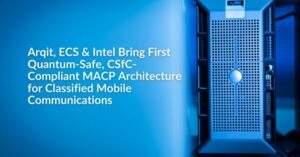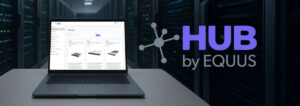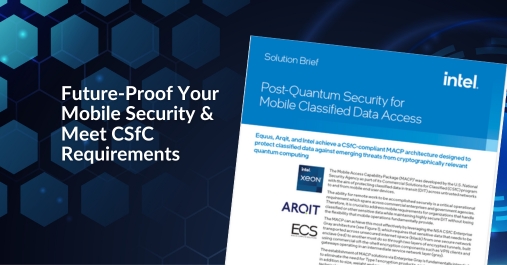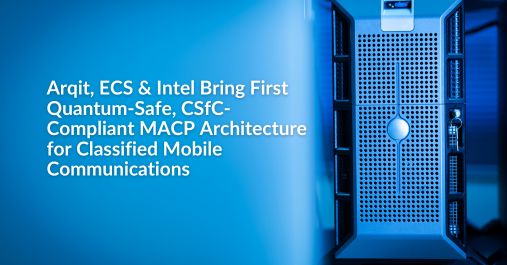As deep learning becomes more popular, business leaders are looking for ways to integrate the technology into current systems. One hurdle is that deep learning requires high-performance hardware that is dependent on your machine learning use case.
Processors are one of the most critical hardware components for deep learning workloads. The choice you make will affect performance, cost, and scalability. This article will explore the most common processors and their advantages and disadvantages.
Not Every Deep Learning Task Is Equal
Since every deep learning task differs, there is no one best solution. Instead, you must consider four key variables to decide on the best hardware for the job: data specifics, machine learning models, meta parameters, and implementation. The most common deep learning processors include the CPU, GPU, FPGA, and TPU. Let’s dive in.
Central processing unit (CPU). CPUs are the standard used in most computers. They are good at multitasking and powering a variety of applications. However, they are not as efficient as GPUs or TPUs when it comes to deep learning. Since CPUs are made for serial processing (processing tasks in sequence), they lag in parallel processing, so they can’t perform many tasks simultaneously. That said, CPUs are attractive because of their low energy usage and universality — making them especially viable in edge computing applications. And companies like Deci are finding ways to get more performance from CPU technology.
Graphics processing unit (GPU). GPUs are designed for graphics processing and are much better at performing deep learning tasks. They are made up of hunderds to thousands of small cores that work together to process large amounts of data very quickly. Their design gives them excellent parallel processing capabilities and high throughput performance — making them ideal for deep learning workloads which often involve large amounts of data. Despite their advantages, they can be expensive and require specialized software for deep learning. Energy consumption is a major contributor to their cost (high-end units can consume as much as 500W per unit), especially when running them at scale.
Field Programmable Gate Array (FPGA). FPGAs are extremely flexible and can be configured to do almost anything. Since they are programmed for specific jobs, they are fast and efficient. Additionally, like GPUs, they can handle a large number of operations simultaneously. If you need to change your algorithm or configuration, you can simply reprogram the FPGA to do what you need. However, FPGAs use HDL, which is not a programming language and takes a high level of expertise to convert to a programming language. Their upfront costs and the expertise required may make businesses consider alternative options.
Tensor processing units (TPUs). TPUs are a type of processor specifically designed for deep learning. They offer high performance and low latency, making them ideal for training deep neural networks. TPUs deliver up to 180 teraflops of processing power, making them one of the fastest processors available for deep learning. They are also more energy efficient than other processors. The downside is that TPUs can be expensive, as they are specialized hardware. Moreover, they are only available on the Google Cloud Platform, so companies who do not use this platform will not be able to use TPUs.
Leverage a Hardware Partner for Streamlined Deployment
Deep learning is a powerful business tool that can be better harnessed with hardware tailored for your workloads. Our team can help you design solutions that scale and support them throughout their lifecycle. Offload hardware management to Equus so that you can focus on product management. Contact us to learn more.

